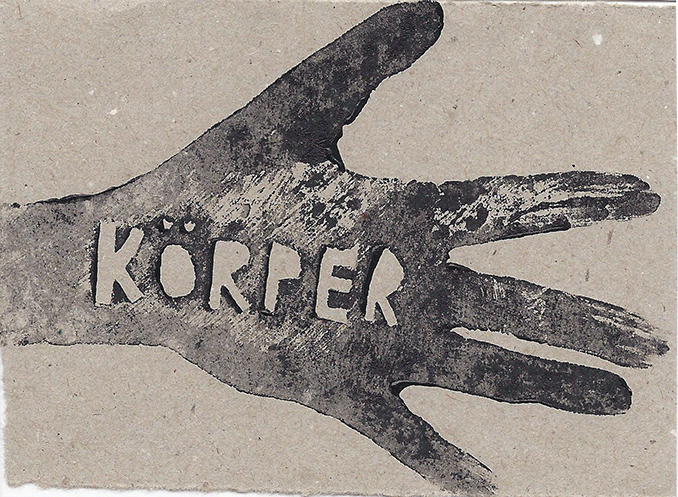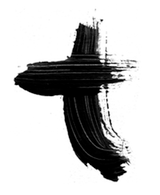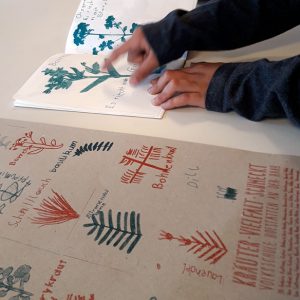OPEN CALL 03
The next issue`s topic: body.

The human body is our most familiar commodity – the tool for perceiving and shaping the world around us. It reflects its utilization – just like other processes of life like illness/health, aging etc. – is marked and altered, as the repository of our memories and our past. Our body is our most intimate space and, equally, our most public and immediate surface – our appearance.
By definition, the term “body” refers to human or animal bodies but also to the limited, multidimensional diversity of geometric or physical objects. The features of a body are mass, extension in space and volume – strictly quantitative properties that poorly capture its complex nature, ignoring any conceptual history. This ranges from Latin “corpus” (»body, substance, whole«), as still used in legal jargon, to the displacement of the German term “Leib” (»body«) starting in the 13th century, which becomes “Leiche” (»corpse«) – the corporeal remainder of a human. Christianity understands “Leib” as the medium of the divine (“Leib Christi”, »Body of Christ«). In philosophy this is expressed, inter alia, in the concept of mind-body dualism. From the 17th century onwards, medicine claims the body as a subject for research. The 20th century finally develops a political understanding of the human body, fuelled by feminist and poststructuralist theories that constitute and explore it as an area for projection and a field of political power relations. We have our body – our “most own possession” – at our seemingly free disposal: at the same time, it is subject to social norms and ideals, has to subordinate itself to gender, has to be healthy, beautiful, productive and rendering its service, in order to be able to compete with other bodies. In a political context, the human body is the site of social conflicts: the target of punishment, disciplining and social identity construction. Medicine and science are working on the shortcomings of the body and extend it by technological aids like prostheses and implants. The body as “cyborg” questions binary oppositions like human/machine and culture/nature.
Apart from that, the human body is an aesthetic object and probably the most frequently chosen subject of artistic engagement. From the cave paintings onwards, throughout the millennia, we find representations of bodies, each epoch connoting and connecting it differently. Seen form an art-historical perspective, the body may similarly be the transfer medium of time-specific ideas, the image of humanity as such and a method for self-reflection. Like the colonial “white gaze” used (and uses) black bodies for projecting exotic phantasies, constructing “white” self-images and legitimizing racist hierarchical continuities.
In physics, “body” means the limited quantity of a substance – something that has a mass – and includes, besides solid ones, also fluid and gaseous bodies. Thus, “Celestial bodies” also refers to diffuse phenomena such as nebulae, star clusters and planetary systems.
“Korpus/Körperschaft”(»corporate body«) is, among other things, an economic term (from French “corporation” »connection, body«), since the 18th century it means fraternities (Korporation/Corps) and it also refers to a combination of different parts into a whole, complete object (e.g. text corpus). In music, “Klangkörper” (»body of sound«) refers to the whole of the various musicians of an orchestra. Racial biology at the end of the 19th century and in National Socialism employed the term “Volkskörper” (»nation’s body«) to denote the German “people” as a unity that has to be protected from people that were called a “pest” and an “illness”. “Body”, in the sense of the “whole”, may thus also be understood as a combination of individual elements.
The above examples can only adumbrate the topic of tortuga #3. For tortuga #3 body, we are looking for contributions that either approach, focus on or work with the phenomenon of body. The contributions may move within and beyond different means of expression. After a selection by the editors, the contributions will be presented in the printed version of tortuga #3, on its web page or in another form. In addition to media contributions, ideas and concepts on events of any kind related to the theme of tortuga #3 are welcome.
Guidelines for submissions
Topic: Körper (eng. body)
Texts: max. 10.000 signs, .odt, .doc, .pdf
Photos, drawings, graphic contributions etc.: min. 300 dpi, .pdf, .jpg, .png, .tiff (if in colour, please enclose black and white version too)
Videos: max. 20 minutes, .mov, .mp4., h.264 Codec, max. 500 MB
Audio: max 10 minutes, .wav, .flac., .aiff
Deadline: March 15th, 2016 late submissions are welcome.
Submit to: redaktion@tortuga-zine.net
By submitting you agree to your contribution being published with your name or alias on the tortuga blog, within the printed version or in other forms (exhibitions, installations, etc). The content of the contribution is the sole responsibility of the author and does not necessarily reflect the views of the editors. Quotes and works used must be designated as such. Ideally, the submitted work has not yet been published elsewhere. The material may be shared and adapted by third parties for non-commercial purposes under the condition of appropriate crediting and proper indication of changes (cc-by-nc). The editorial board selects the material for publishing.


 September 2018 VS Wetzawinkel
September 2018 VS Wetzawinkel